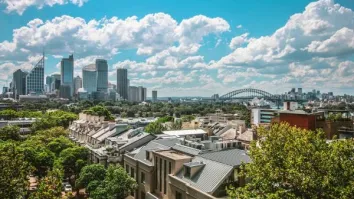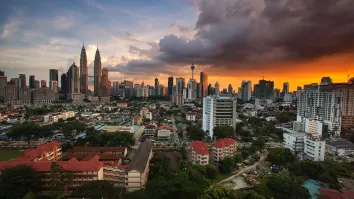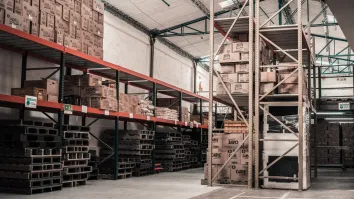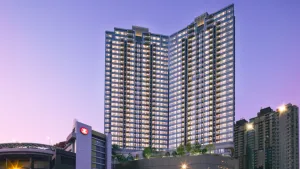
New Delhi to post the highest office vacancy rate in APAC by end-2020
Delhi, Shanghai, Shenzhen and Chengdu will have vacancy rates in excess of 20%.
Aggregate vacancy across the APAC cities that Colliers tracks increased by 1.4pp over H1 2020, to 11.4%, indicating a slow erosion of occupancy rates across the region. Most markets recorded an increase in vacancy levels QOQ, with Bengaluru, Mumbai, Taipei and Melbourne recording increases of at least 1.5pp over the quarter. Meanwhile, Delhi-NCR, Manila, Beijing, Chengdu, Shanghai and Shenzhen managed to hold vacancy steady.
Weakening demand and strong supply pipelines in certain markets pushed vacancy rates upwards. Lockdowns over H1 and recessionary conditions have meant that occupiers have not necessarily relocated to better locations or offices with enhanced amenities even if new supply has become available.
Delivery of new supply in Q2 2020 is the main reason for the rise in vacancy rates in Mumbai, Bengaluru and Taipei of over 1.5pp over the period.
Here’s more from Colliers:
Most APAC cities should see vacancy rise further in H2
Over the rest of 2020, we expect occupiers to take a wait and see approach as business strategy and headcount decisions may only become clearer once the full impact of the recession is determined. By the year-end, we predict that Delhi- NCR, Shanghai, Shenzhen and Chengdu will have vacancy rates in excess of 20%. Only Taipei and Jakarta should end the year with vacancy rates lower than at end-Q2 (see Figure 12).

Delhi-NCR should have the highest vacancy rate in region at the end of 2020, at nearly 32%. Comprising the three cities of Delhi, Gurugram and Noida, the Delhi-NCR city agglomeration faces heavy new supply. Other markets facing significant new supply of space over 2020 include Bangalore, Shanghai, Shenzhen, Guangzhou, Tokyo, Seoul and Melbourne CBD. By end-2020, we expect the aggregate vacancy rate in APAC to have reached 13.2%, up 3.2pp from end-2019.
Over 2021-22, we also expect to see citywide vacancy rates in Shanghai and Shenzhen push through 30%. With the forecast regional supply pipeline, we predict that the region will see peak vacancy of 14.5% at end- 2022, before vacancy eases over 2023 and 2024. Overall, vacancy should peak in the Indian cities earlier than in the Chinese cities.
By end-2024, we expect aggregate vacancy within the APAC region to reach 13.3%, down from the forecast high of 14.5% at end-2022.
For occupiers, this means a sustained period of nearly three years over which many APAC markets will favour tenants.
This situation presents an opportunity for occupiers to lock in deals in attractive markets such as Central in Hong Kong or New Bund in Shanghai or Qianhai in Shenzhen now. It also provides a means for occupiers to determine and execute their long-term accommodation strategy and business vision in each of the cities within the region.



















 Advertise
Advertise




